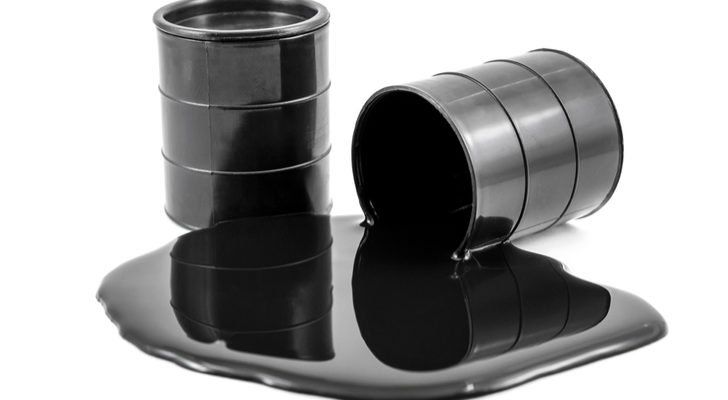By Akanimo Sampson
With Europe and Asia alone needing an extra 1.6 million barrels of crude oil daily, the global refining runs is projected to rise by over three million b/d in this third quarter of 2019, the latest International Energy Agency (IEA) monthly report has indicated.
But, with production cuts in place, where will this crude come from? Some of the additional demand is likely to be met out of stocks. Refineries will mostly need to rely on increases in crude production/imports.
However, the previous week saw the latest reports from the Organisation of Petroleum Exporting Countries (OPEC), Energy Information Administration (EIA) and IEA alike. In its latest weekly report, Gibson Shipbrokers, which operates as a global shipping broker noted that after weeks of speculation and some minor reshuffling in terms of meeting dates, in early July OPEC+ announced the extension of their production cuts for another nine months until the end of the 1st quarter of 2020..
Gibson through its international network, matches clients’ shipping needs with appropriate shipping resources, pointed out that OPEC output cuts, particularly those coming out of the Middle East, are bad news for the crude tanker market, most notably for VLCCs.
“In the 4th quarter of last year, nearly 68% of all spot VLCC trade originated out of the Middle East Gulf and Red Sea, compared to 14% out of West Africa and nearly 15% out of the US Gulf and Latin America. According to the IEA, between November 2018 and March 2019, Middle East OPEC crude production (excluding Iran) declined by over 1.6 million b/d, while only a marginal uptick in volume has been seen thereafter. Not surprisingly, such a dramatic drop in production applied a considerable downwards pressure on sector earnings,’’ the company said.
According to Gibson, “Dark clouds are also gathering over the growth in oil demand in 2019, with the IEA reducing its estimates for growth in global consumption twice already this year, down to 1.2 million b/d. With this in mind, the concern of course is that ongoing production constraints will only prolong the pain currently faced by owners.
“However, Iran complicates the overall production/export picture out of the Middle East. Iranian crude output declined by nearly 0.7 million b/d between November 2018 and June 2019, down to 2.28 million b/d, while further falls could not be ruled out. We have long argued that per se Iranian trade carried out entirely on the Iranian fleet does not impact the international tanker market due to the closed nature of this trade.
“Right now should there be a wish to maintain the overall Middle East crude exports at levels similar to those seen earlier in the year, output by other Middle East OPEC producers actually needs to increase to compensate for the loss of Iranian barrels. It remains to be seen what will happen.
“On one hand, Iran is exempt from the production deal; on the other, Saudi Arabia is over complying, with the country’s crude production in June assessed some 0.54 million b/d below its target. If efforts are made to compensate for the decline in Iranian exports, this will create additional trading demand for international owners.’’
Gibson said, “Although global trade is complex, the obvious place to fill the net deficit is the US. In recent weeks, the country’s crude exports hit a new record high. Prospects are for further gains. The EIA expects domestic production to increase by 0.47 million b/d by September from June levels and by another 0.26 million b/d by December.
“Plenty of new pipeline capacity to the US Gulf is also expected to come online in the second half of the year, enabling further growth in exports. Incremental volumes are likely to flow to Europe and long haul to Asia, more than offsetting ongoing restraint out of the Middle East. If that is the case, then OPEC+ production cuts could actually be good for business.’’

